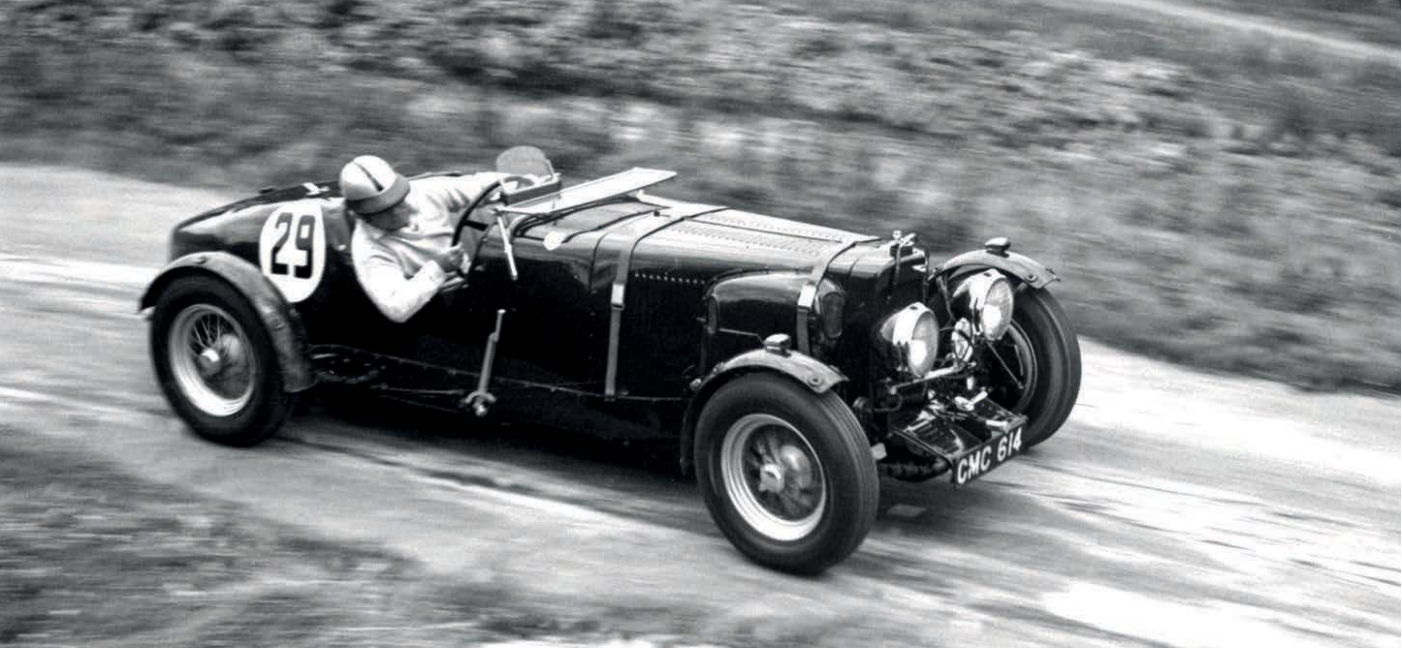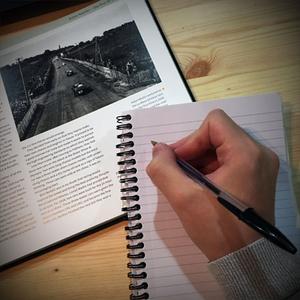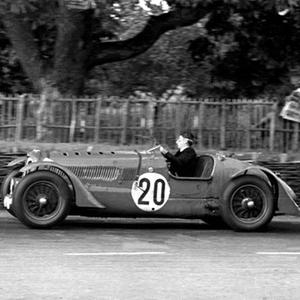
How English icon Aston Martin was saved by an engineer-designer from Italy
Although famous today for powerful good looks, Aston Martin came into the world as an ugly duckling. Aston’s first car was known, because of the unattractive metal container it resembled, as the Coal Scuttle. But that name didn’t much bother the vehicle’s creators, Lionel Martin and Robert Bamford, because they saw their 1914 open-top two-seater as a first step towards greater things. Martin intended nothing less, he said, than “to put Great Britain right in the very front as regards light cars.”
Martin’s mention of his country was typical of the national pride swelling many European hearts during the inter-war years – and makes it ironic that his patriotic ambition was eventually fulfilled under the guidance of an engineer-designer from Italy. The model that eventually put Aston Martin on a firm footing was the 1934 Ulster, and the mastermind behind it was Augustus Cesare Bertelli from the maritime city of Genoa. What’s more, the Ulster’s bodywork was shaped by Augustus’s coachbuilder brother, Enrico.
‘Bert,’ as Augustus became known, spent much of his childhood in another port city, Cardiff in Wales, but returned to Italy in his late teens and found employment in the experimental workshop of FIAT. Here he acquired a fascination with fast cars and a reputation for bravery, participating in motor races as a riding-mechanic alongside the sport’s first superstar, Felice Nazzaro. What Bert saw at Fabbrica Italiana di Automobili Torino - and what he later learned studying aeronautical engineering and working as a consultant with numerous British car makers - would one day help to save Aston Martin.
Bertelli was in his mid-thirties when he joined the board of recently-formed Aston Martin Motors Ltd, the company that emerged in 1926 from the debt-ridden remains of the marque’s founding business, Bamford and Martin. Robert Bamford had ceased to participate in the car-making business in 1921 and Lionel Martin stopped working at the factory not long after the receivers knocked on the door in 1925. In 12 years, Martin’s enterprise had made 60 cars but very little money. Profitability remained elusive after the firm’s name change, but that didn’t stop Newcastle ship-owner Sir Arthur Sutherland from buying the business in 1932. This was the beginning of the magic of making cars and money at the same time.
Conjuring-up success owed much to Bertelli’s belief that Aston Martins should compete in long-distance races to prove their robustness and speed. This meant entering such gruelling events as the 24 Hours of Le Mans; the Brooklands Double-Twelve, with its two 12-hour races on consecutive days; and the Tourist Trophy, popularly known as the Ulster TT, on the 14 miles of closed public roads which formed the Ards course in Northern Ireland. In the 1934 TT, Aston Martin scored a 1-2-3 in class and swept to the Team Prize – a success which inspired the name of Aston’s new model, revealed at that October’s London Motor Show.
And what a revelation it was! On behalf of his engineer brother Augustus, Enrico Bertelli wrapped the long-nosed two-seat Aston Martin Ulster in bodywork which featured an inverted boat-tail as a means of getting the spare wheel closer to the ground for a low centre of gravity. More than just looking good, the 1.5-litre Aston was quite possibly the best-handling car of its day. Third-place overall at Le Mans in 1935 sealed the model’s reputation and went some way toward building the brand’s. Racing successes brought sales and, until the interruption of the Second World War, financial viability.
The story of Aston’s Ulster, and the detailed history of one distinguished example, is told by marque expert Stephen Archer in the latest addition to Porter Press’ Exceptional Cars Series: Aston Martin Ulster – The remarkable history of CMC 614. Recently restored to 1935 Le Mans specification, CMC 614 is one of the finest of the 28 Ulsters surviving today. In addition to finishing eighth at Le Mans in ’35, in the same season this car ran second-in-class behind the Maserati of Ludovico Scarfiotti in the Mille Miglia. There was also a class win in a notoriously dangerous 24-hour race, the Targa Abruzzo on the Pescara circuit - in Italy, where the car was driven by Italian aristocrat Count Giovanni ‘Johnny’ Lurani and his Italian friend Gildo Strazza. It is tempting to imagine Augustus Bertelli’s reaction upon hearing news of this success. He surely expressed delight – but in Italian or English?
By Phillip Bingham






Leave a comment
This site is protected by hCaptcha and the hCaptcha Privacy Policy and Terms of Service apply.